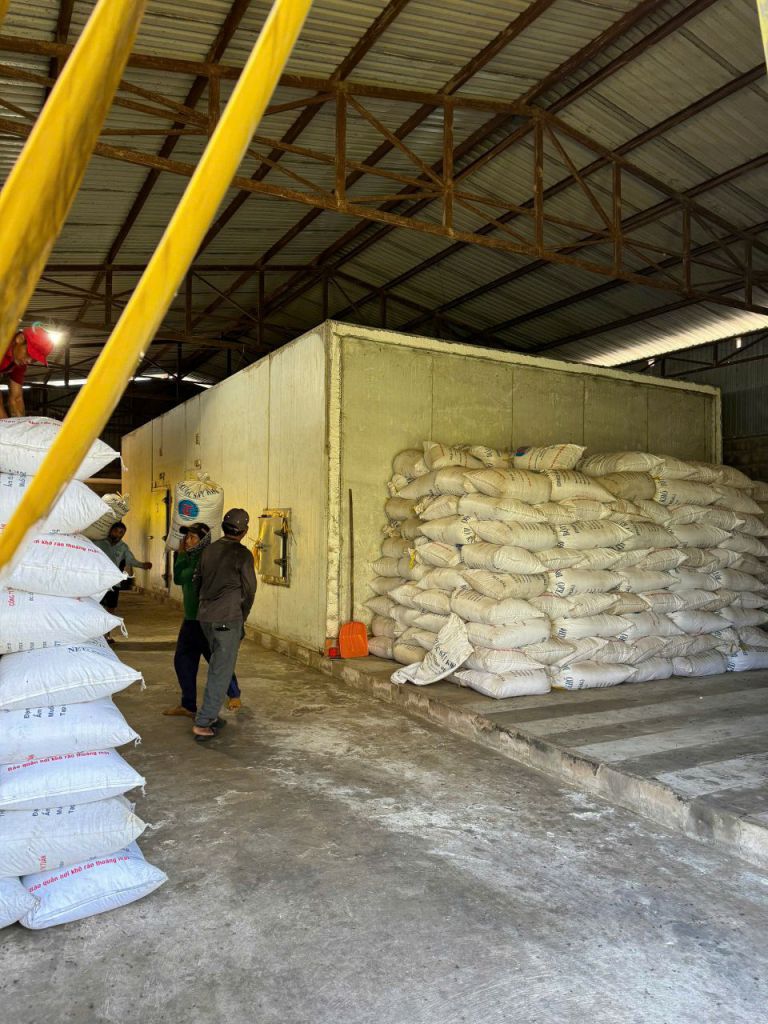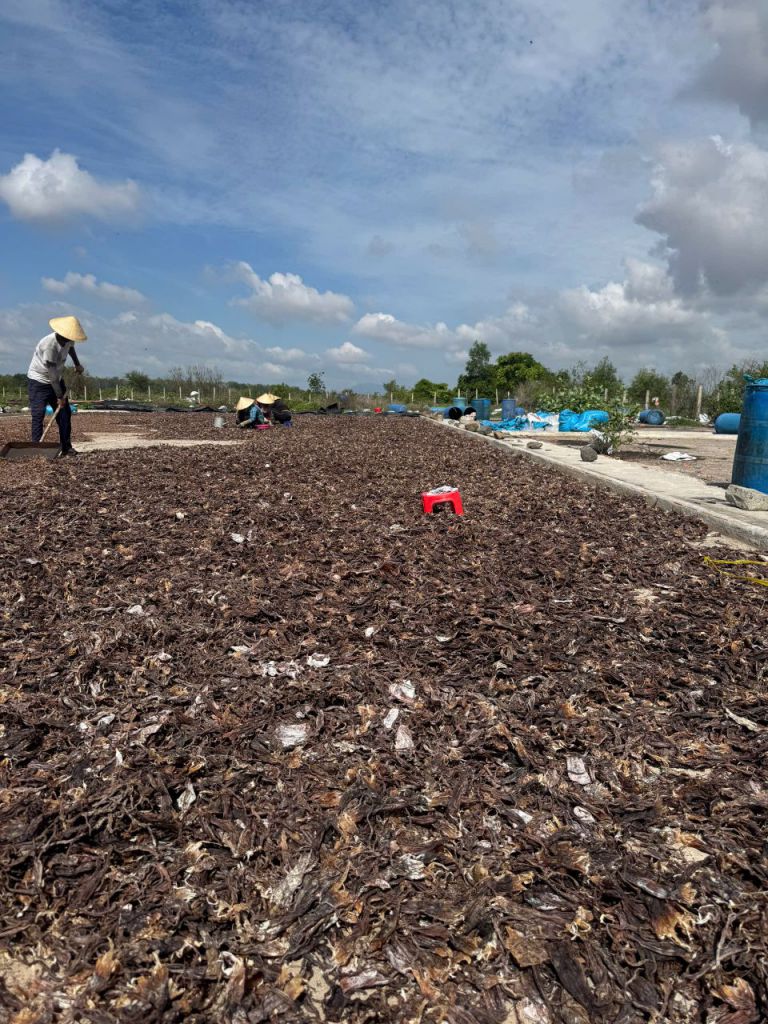
In aquaculture, feed costs usually account for 50-70% of production costs. Feed used in the farming process is a key factor affecting farming productivity, output, product price and economic efficiency. Feed suitable for nutritional needs at each stage of development helps aquatic animals digest well, stay healthy and grow quickly.
Natural food
Natural foods include phytoplankton (diatoms, green algae, etc.) and zooplankton (rotifers, water eggs, copepods, etc.). Natural foods are very important for many species of fish, crustaceans and mollusks, especially in the early stages of life because they are small in size, suitable for the mouth size of larvae and are very nutritious. In pond water, there is always a diverse and rich composition of natural foods. Therefore, farmers need to add more fertilizers and nutrients to develop the natural food sources available in the water body before stocking, which will help take advantage of natural food sources, contributing to reducing the amount of artificial food that needs to be added and increasing productivity.

Fresh food
Using some low-value farmed species such as tilapia, silver carp, giant freshwater prawn, ditch fish, earthworms, etc. as food for specialty aquatic species such as soft-shell turtles, eels, eels, black carp, etc. Tilapia can be actively raised for reproduction in ponds. When the fish reproduce at high density, specialty fish are released into the pond. The young tilapia will be used as direct food for the specialty fish. If specialty fish are raised in cages, bait fish can be exploited as daily food for the fish. This type of fresh food has a high protein content and is suitable for the active prey-catching characteristics of specialty species.
Homemade food
This type of food is prepared by farmers according to a simple process. Currently, farmers often use green vegetables, grass, trash fish, rice bran, etc. and mix them according to the formula. Then the food can be cooked and fed to the fish, or sprayed with moist water and put into a pellet press, dried for the fish to eat gradually. Homemade food helps to take advantage of by-products or ingredients available at home and in the locality, low cost, and proactive production. However, because homemade food does not have a binder and high humidity, it often dissolves in water before being eaten by shrimp and fish. The part of the food that dissolves in water will pollute the water environment, easily causing disease. In addition, when using trash fish, snails, mussels, etc. as raw materials, it can be an intermediary for spreading diseases to humans and aquatic animals. When preparing their own feed, farmers need to pay attention to adding binders to reduce the disintegration of feed in water, prevent diseases for farmed aquatic animals, and carefully calculate the amount of feed needed for each stage of development, environmental conditions, weather and health of farmed aquatic animals to limit the amount of excess feed in the pond.

Industrial food
Is a specialized food produced by animal feed factories. There are 2 types of industrial food: sinking food for raising crustaceans, some sinking fish species and floating industrial food. Industrial food is produced from different ingredients such as fish meal, soybean meal, wheat flour, fish oil, vitamins, enzymes, amino acids and minerals... The mixing ratio depends on the nutritional needs of each growth stage of each cultured object. High-quality industrial food has a balanced nutritional composition to help shrimp and fish digest well, stay healthy and grow quickly. Industrial food is often supplemented with vitamins and minerals to help improve the digestive system, protect the intestinal microflora, enhance natural immunity to help shrimp and fish stay healthy and increase survival rate. Industrial food is often supplemented with attractants to create an attractive flavor that stimulates fish and shrimp to catch prey, thereby reducing the amount of excess food in the pond. Leftover food is one of the causes of water quality deterioration and disease in aquaculture ponds. Currently, the use of industrial feed in aquaculture is an inevitable and practical trend when the natural trash fish reserves have decreased significantly; in addition, the use of fresh feed also depends on the fishing season, the quality is unstable, does not ensure adequate nutrition, and the price increases, especially during the stormy season.
In intensive aquaculture today, most households create water color to take advantage of the initial natural food source, then use industrial feed. In improved extensive farming, farmers can use fresh feed, homemade feed or supplement a part of industrial feed. In extensive farming systems, farmers rely almost entirely on natural feed. Depending on the level of cultivation and the farming object, farmers decide to choose the appropriate type of feed.